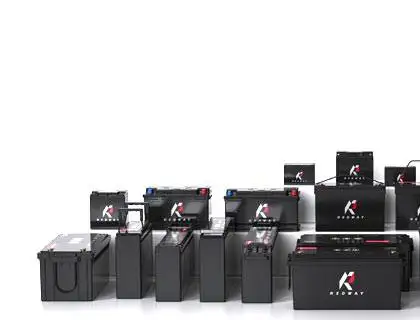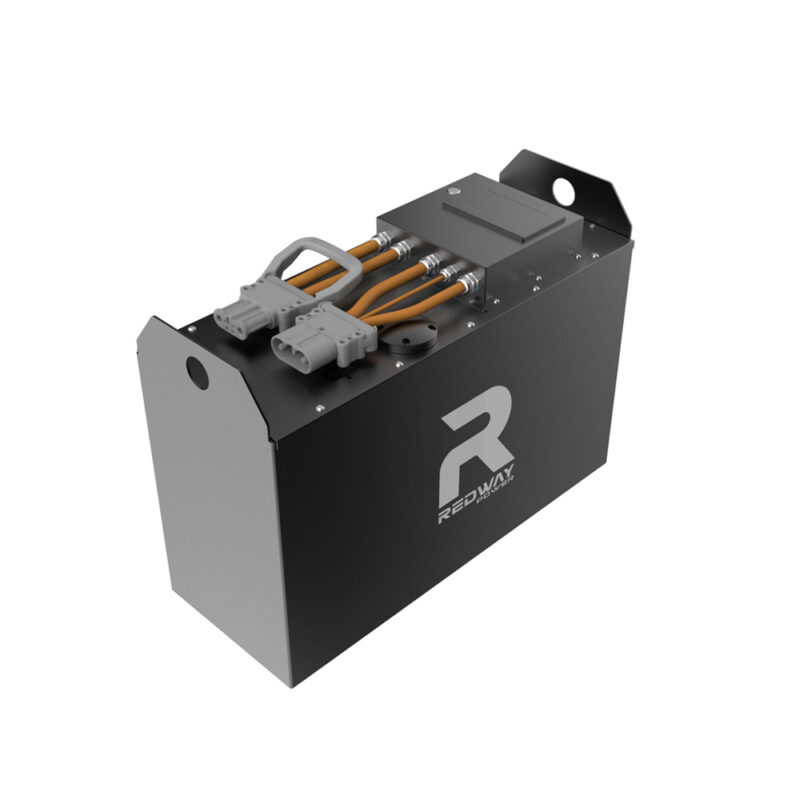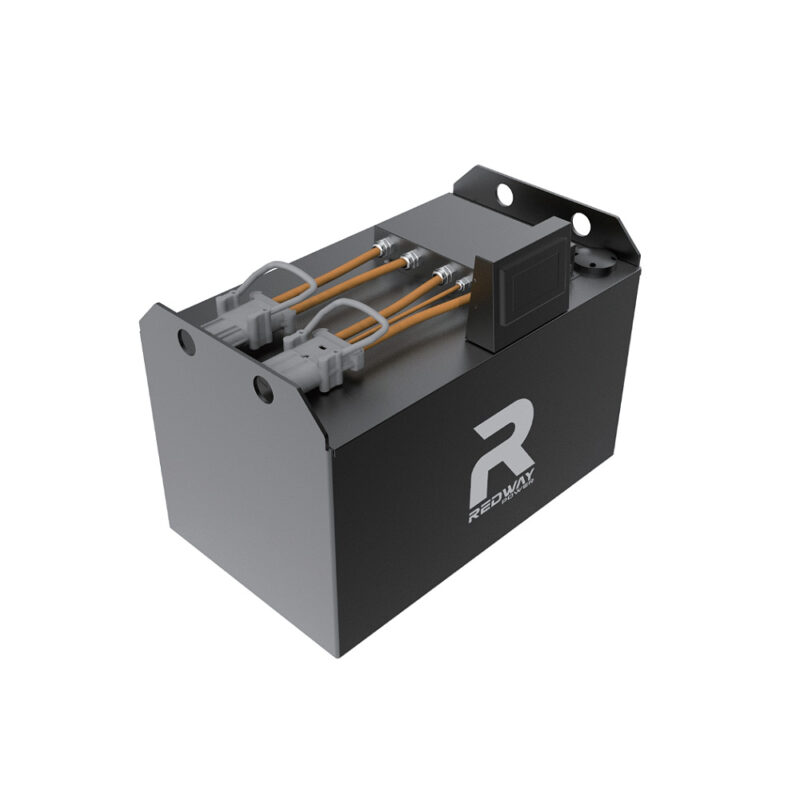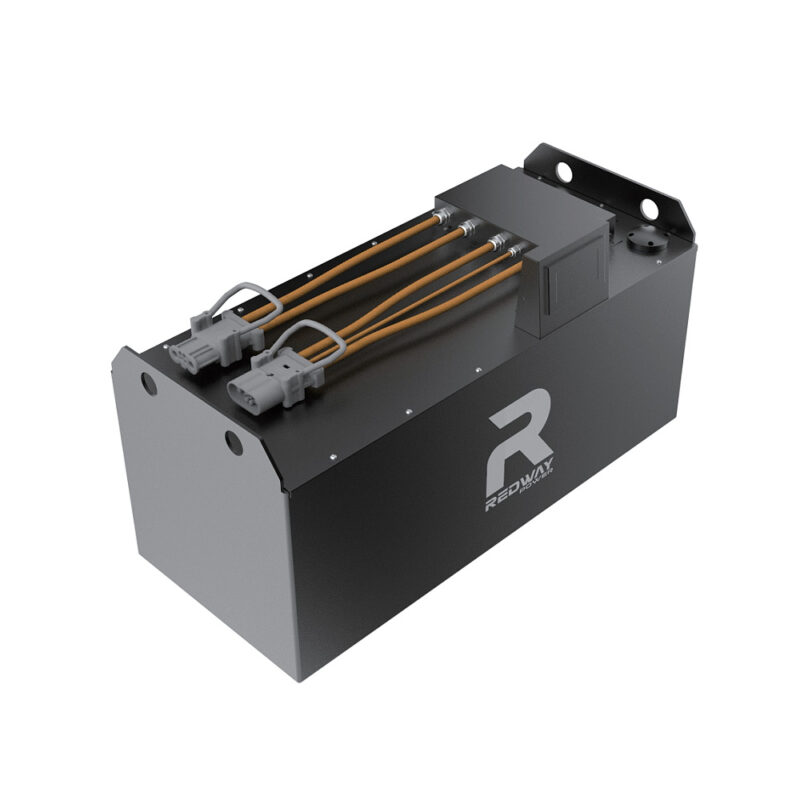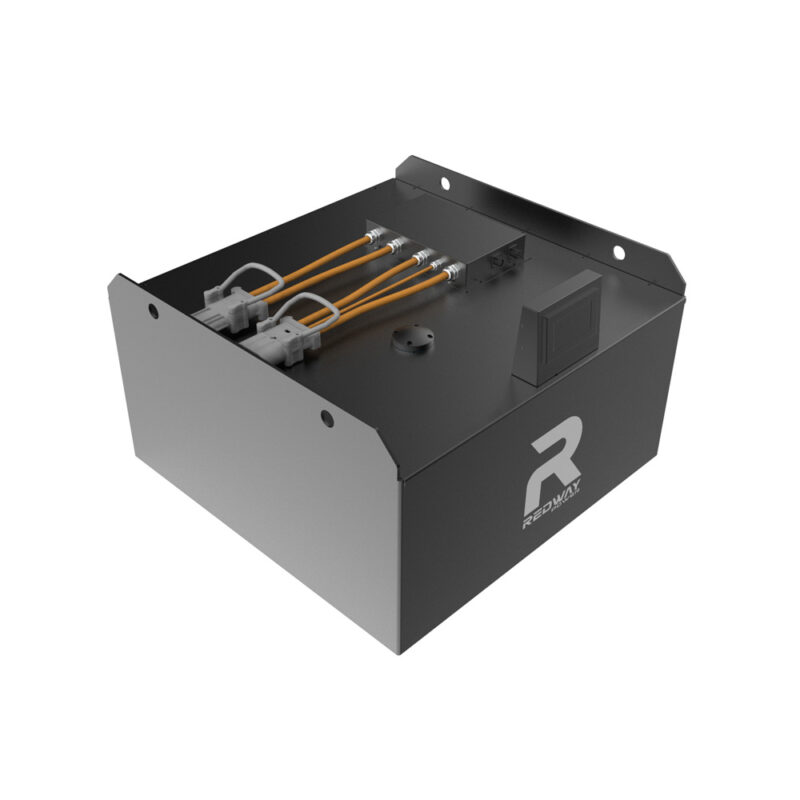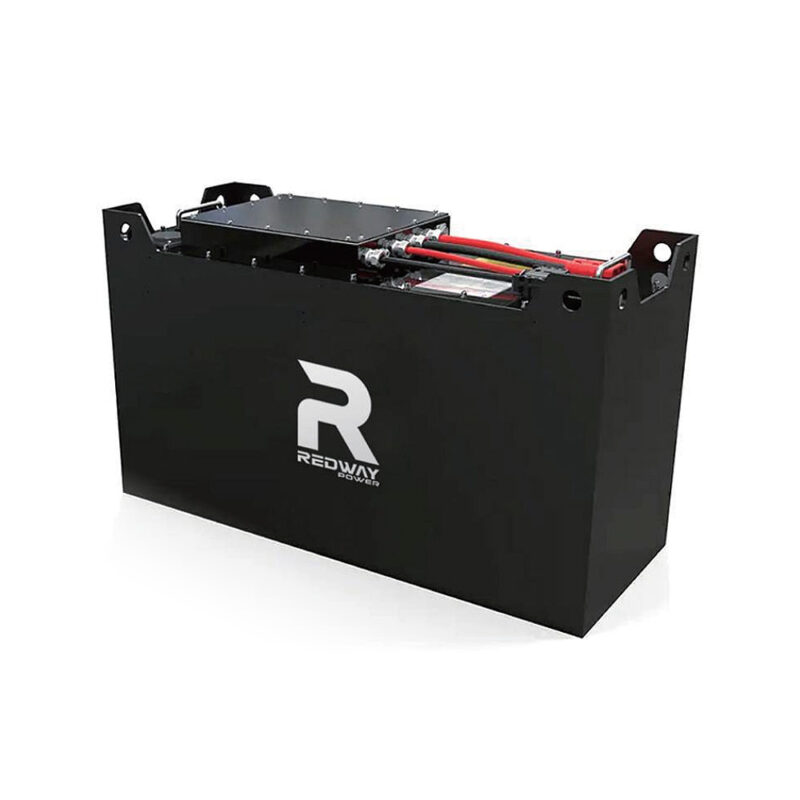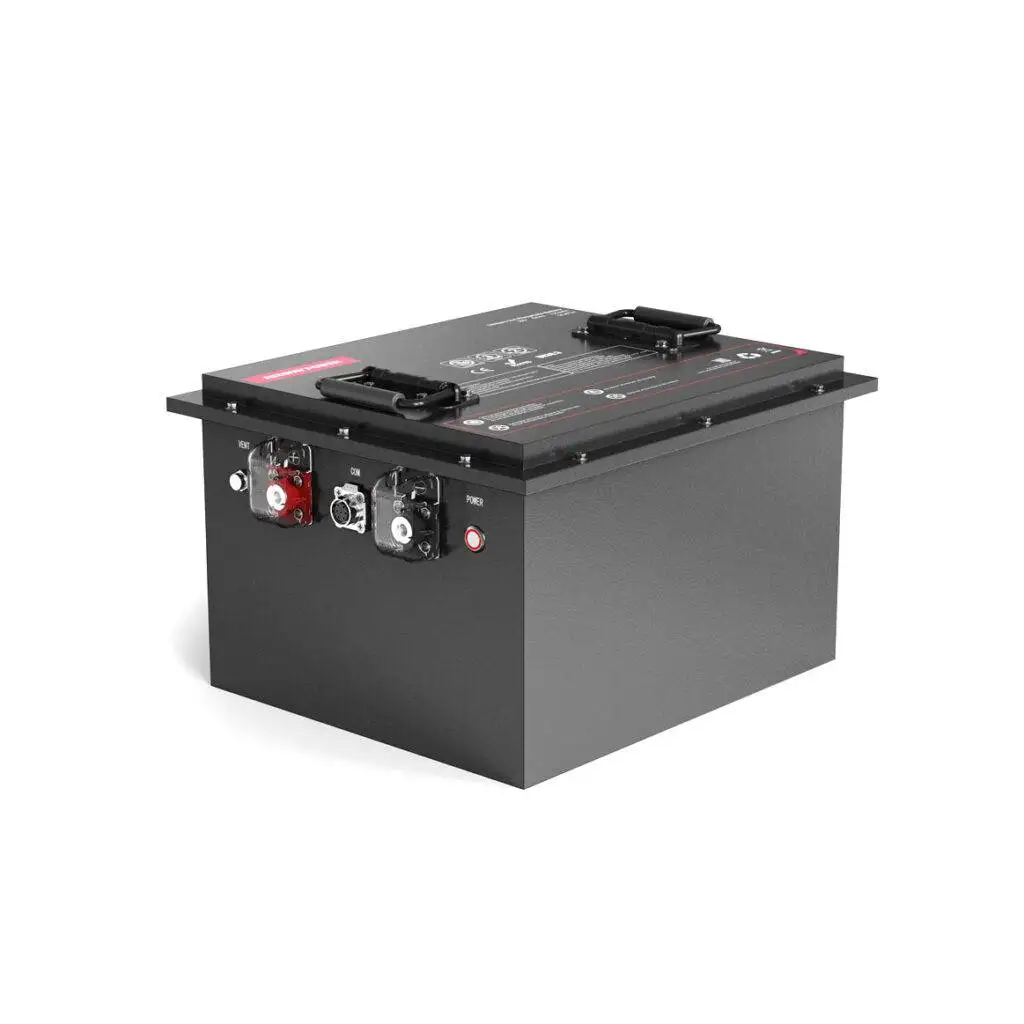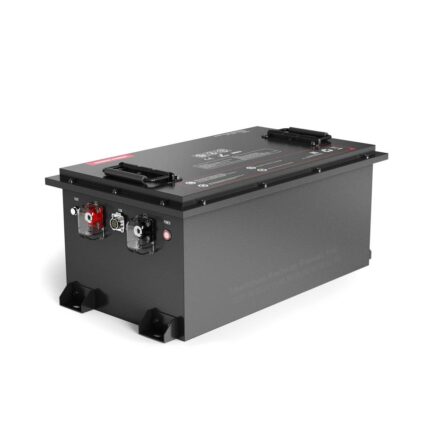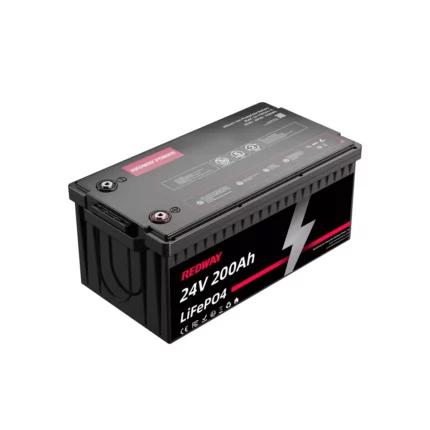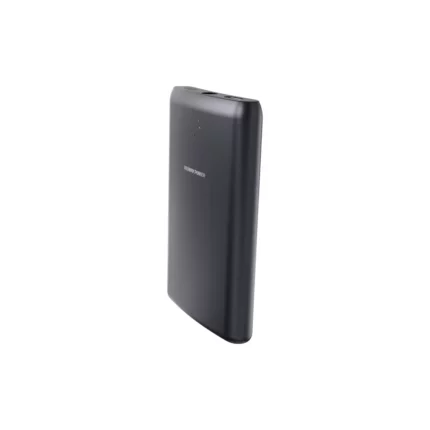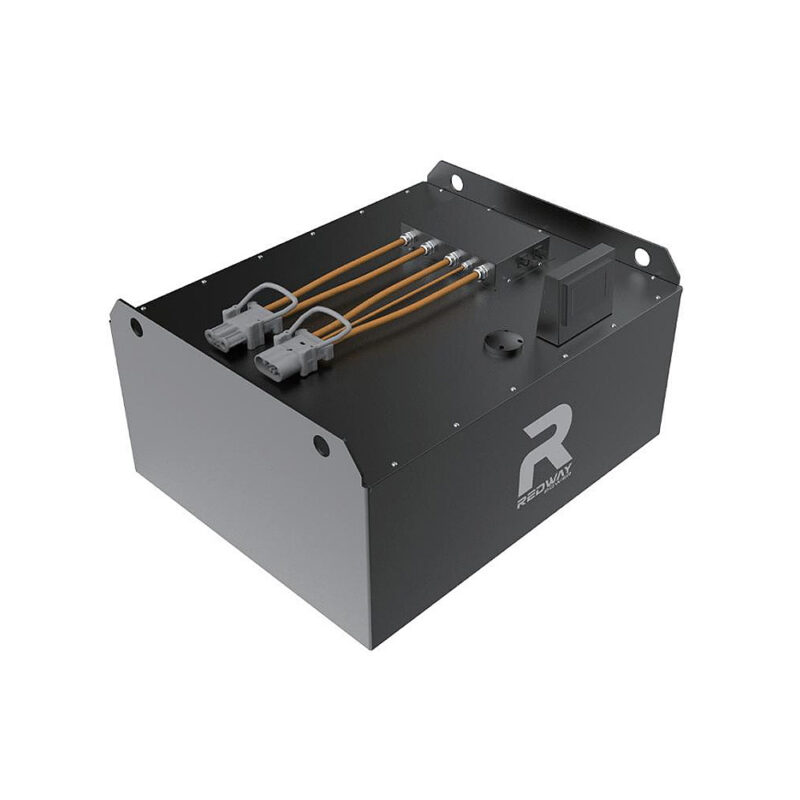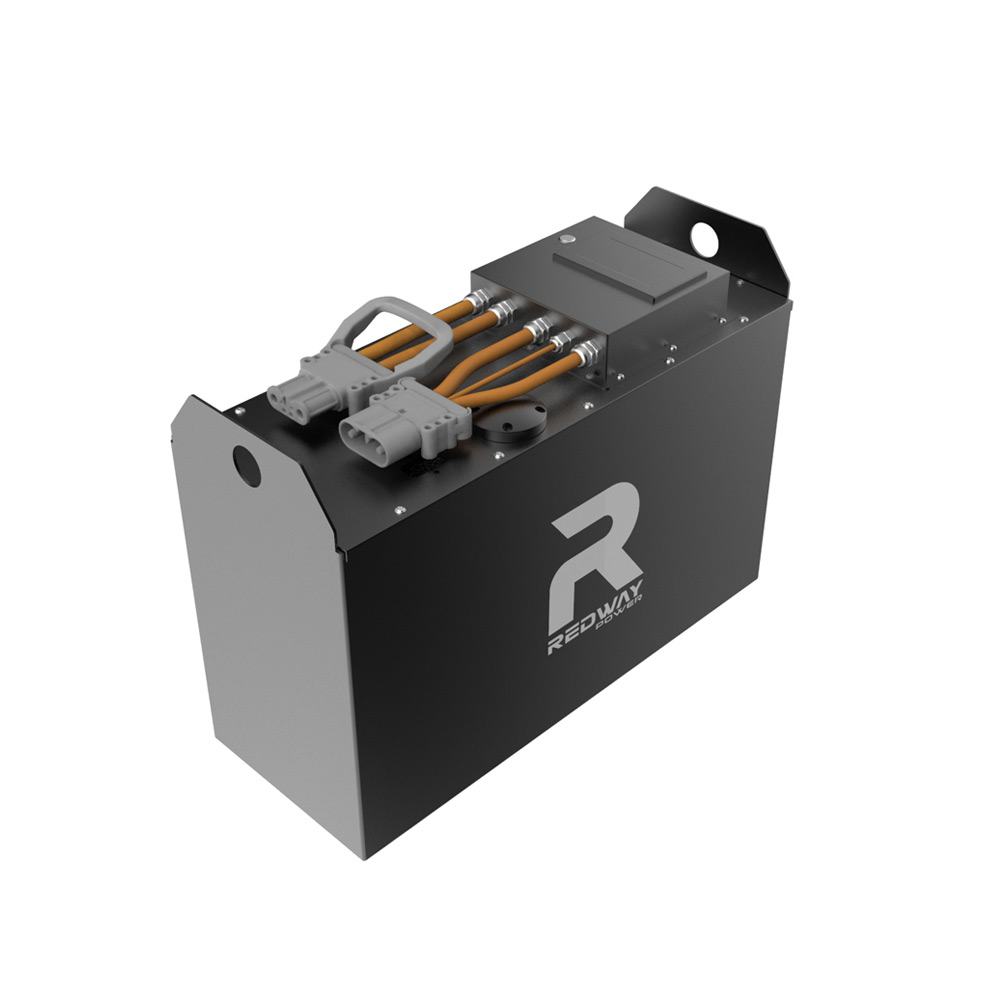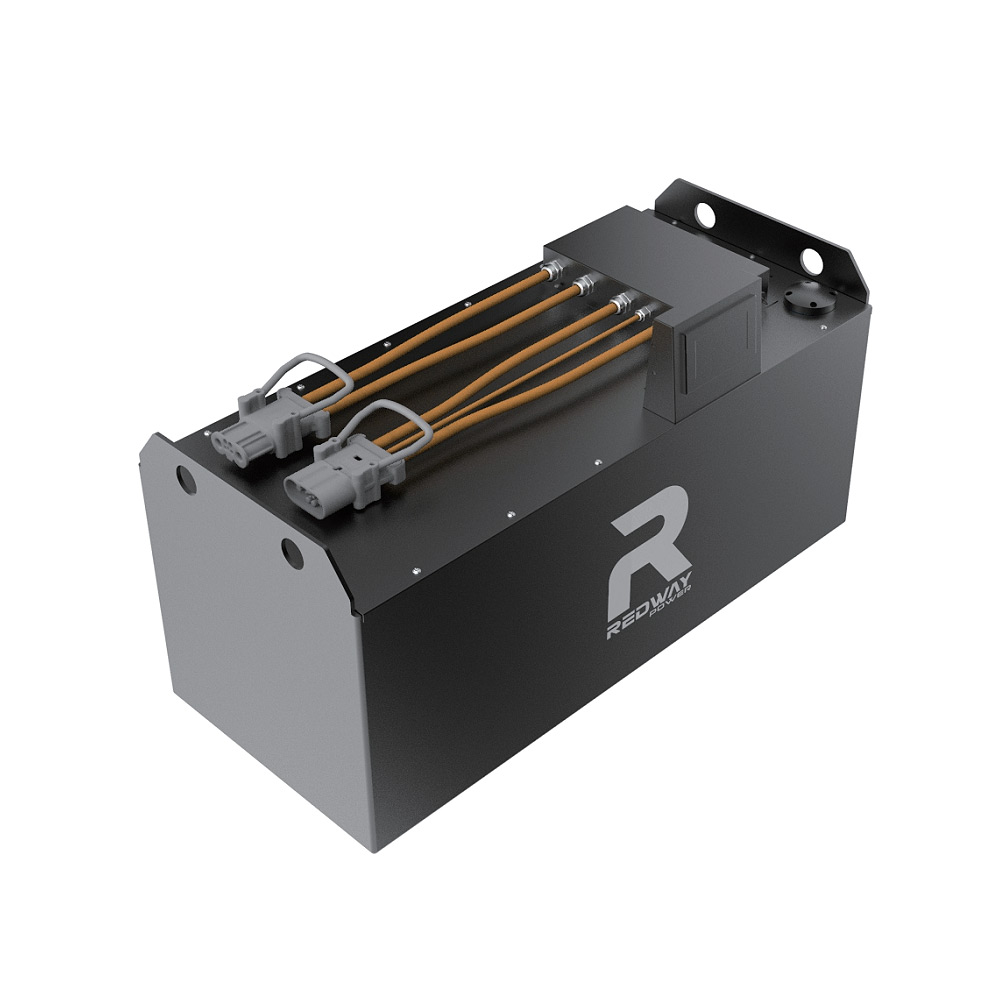Hot Products
These are the most popular models of lithium battery products from our factory.
Redway Battery
Leading Lithium Ion Battery Manufacturer

51.2V All-in-One Home-ESS System PowerAll (5kWh/10kWh/16kWh/21kWh/26kWh/32kWh)
48V 100Ah Server Rack Battery PRO
12V 100Ah Lithium Battery (LiFePO4, Self-heating, OEM)
48V 100Ah LiFePO4 Golf Cart Battery (S51105P)
72V 50Ah Lithium Golf Cart Battery
48V 100Ah Server Rack Battery
24V 200Ah Lithium Battery
Power Bank
Related Products

Know More
Why Choose LiFePO4 Batteries for Your Power Needs?
LiFePO4 batteries offer long lifespan, safety, and efficiency. They provide higher energy density, faster charging, and better thermal stability than lead-acid or other lithium batteries, making them ideal for solar, EVs, and backup power applications. Read more.
Why Understanding Battery Needs Is Key?
Choosing the right battery ensures optimal performance, longevity, and safety. Understanding power requirements, capacity, and cycle life helps select a LiFePO4 battery that meets specific energy demands and system compatibility. Read more.
What LiFePO4 Battery Certifications Should You Look For?
Key certifications include ISO 9001, UL 1642, UN38.3, CE, and RoHS, ensuring safety, quality, and compliance with global regulations. These certifications verify that the battery meets industry standards for reliability and environmental safety. Read more.
Does Battery Firm's Experience Matter?
Yes, an experienced manufacturer ensures better quality control, advanced technology, and innovation. Expertise in cell chemistry, BMS integration, and production efficiency leads to high-performance, long-lasting batteries. Read more.
What Makes a Top-Tier LiFePO4 Battery Factory?
A leading factory has automated production, strict quality control, and advanced R&D. Key factors include precision assembly, electrode coating, BMS integration, and comprehensive testing for superior battery performance. Read more.
Does Electrode Quality Boost LiFePO4 Power?
Yes, high-quality electrodes improve energy efficiency, charge retention, and cycle life. Proper electrode manufacturing ensures uniform conductivity, thermal stability, and minimal capacity loss, enhancing battery performance. Read more.
LiFePO4 Cell Assembly: What Techniques Matter Most?
Stacking and winding techniques ensure uniform current distribution and reduced internal resistance. Advanced tab welding and separator alignment improve durability, efficiency, and safety in LiFePO4 battery production. Read more.
Is Electrolyte the Key to LiFePO4 Life?
Yes, the electrolyte impacts ion flow, thermal stability, and battery longevity. High-quality electrolytes prevent degradation, enhance charge efficiency, and improve cycle life in demanding applications. Read more.
How Does Battery Design Affect Performance & Lifespan?
Optimized design improves heat dissipation, mechanical strength, and energy density. A well-engineered battery prevents overheating, extends operational lifespan, and enhances charge efficiency. Read more.
LiFePO4 Quality: How's It Checked?
Top manufacturers conduct capacity testing, thermal stability checks, and cycle life analysis. Automated inspections ensure consistent quality, safety, and longevity in every LiFePO4 battery. Read more.
LiFePO4 Batteries: How Shipping Rules Shape Manufacturing?
Strict UN38.3 and MSDS compliance is required for safe transportation. Manufacturers must follow packaging, labeling, and testing regulations to meet global shipping standards. Read more.
LiFePO4: How Green Is Production?
LiFePO4 production is eco-friendly, using non-toxic materials, energy-efficient processes, and recyclable components. Sustainable manufacturing reduces carbon footprint and environmental impact. Read more.
LiFePO4 Batteries: Why Customer Service Matters?
Reliable manufacturers offer technical support, after-sales service, and customization. Good customer service ensures smooth installation, troubleshooting, and long-term battery performance. Read more.
LiFePO4: What's Tough About Making Them?
Challenges include material purity, thermal stability, and production consistency. Manufacturers overcome these with advanced BMS, strict quality control, and optimized electrode coatings. Read more.
LiFePO4 Batteries: Are They Worth the Investment?
Yes, LiFePO4 batteries offer longer lifespan, higher efficiency, and lower maintenance than traditional options. Despite a higher upfront cost, they provide better long-term value and reliability. Read more.




